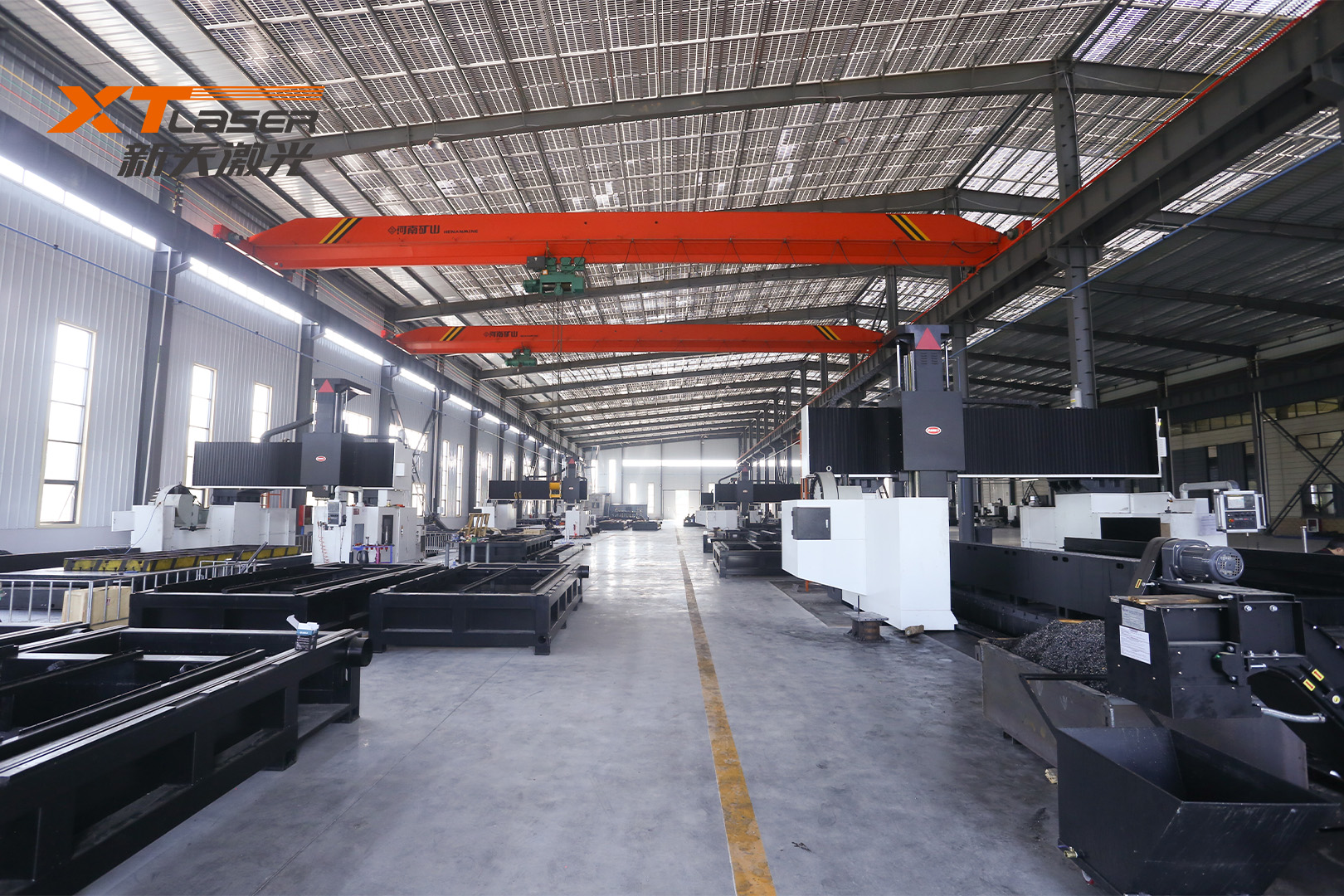Difficulties in Laser Cutting Machine Metal Processing
XT Laser – Metal Laser Cutting Machine
Metal is a relatively difficult material to cut, and its hardness is relatively high, making it prone to errors in cutting. Therefore, we should choose a metal laser cutting machine based on the processing method and method of the metal laser cutting machine. So, what are the difficulties in processing metal with a laser cutting machine? How should metal laser cutting machines be processed? Let’s learn and judge together.
Metal laser cutting machines are the choice of many metal processing enterprises. Compared with general steel, the cutting difficulties of high-temperature alloys are mainly manifested in the following aspects:

Difficulty 1 in laser cutting machine metal processing: high tendency for work hardening
For example, the hardness of the unreinforced matrix is about HRC37, and the surface of the metal laser cutting machine produces a hardening layer of about 0.03 millimeters after cutting, increasing the hardness to around HRC47, with a hardening degree of up to 27%. The phenomenon of work hardening has a significant impact on the lifespan of the oxidation tip tap, usually resulting in severe boundary wear.
Difficulty 2 in laser cutting machine metal processing: Poor thermal conductivity of materials
The large amount of cutting heat generated during the cutting of high-temperature alloys is borne by the oxidation tip tap, and the tool tip bears a cutting temperature of up to 800-1000 ℃. Under the action of high temperature and high cutting force, plastic deformation, adhesion, and diffusion wear of the cutting edge will occur.
Difficulty Three in Laser Cutting Machine Metal Processing: High Cutting Force
The strength of high-temperature alloys is more than 30% higher than that of commonly used alloy steel materials for steam turbines. At cutting temperatures above 600 ℃, the strength of nickel based high-temperature alloy materials is still higher than that of ordinary alloy steel materials. The unit cutting force of unreinforced high-temperature alloys is above 4000N/mm2, while that of ordinary alloy steel is only 2500N/mm2.
The main components of nickel based alloys are nickel and chromium, and a small amount of other elements such as molybdenum, tantalum, niobium, tungsten, etc. are also added. It is worth noting that tantalum, niobium, tungsten, etc. are also the main components used to manufacture oxidation tip taps for hard alloys (or high-speed steel). Processing high-temperature alloys with these oxidation tip taps will cause diffusion wear and abrasive wear.
Through the above introduction, you should know the difficulties of metal laser cutting machine processing metal.
The laser industry appears to have promising development prospects, but with the increasing number of competitors in the same industry, the laser equipment market is experiencing a situation of oversupply. So, the development of laser equipment e-commerce has indeed helped traditional industrial enterprises change their production methods, and at a deeper level, developed another industrial product market, while also avoiding problems such as product backlog and irregular production. Because searching for large buyers through procurement websites usually involves production and manufacturing through the release of purchasing demands by large buyers. This not only meets the standards for purchasing needs of large buyers, but also saves funds for enterprise suppliers to develop core technologies, improve product performance, and provide guarantees to win more profit growth.


